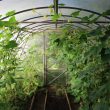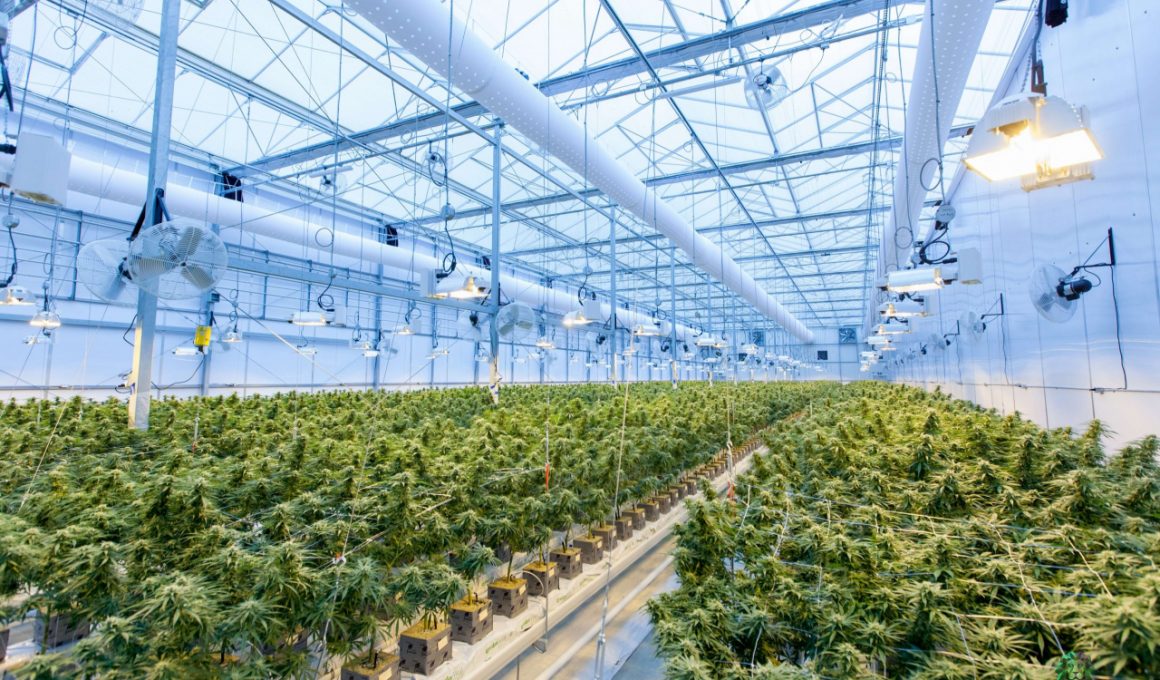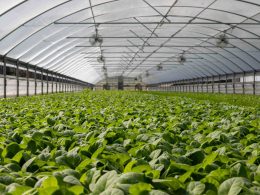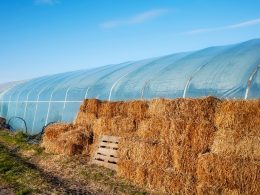Green House Adviser is reader-supported. When you buy through links on our site, we may earn an affiliate commission. Learn more
Do greenhouses need ventilation? This is one of the most popular questions that homeowners have about their greenhouse. There are many different things that need to be taken into account when you decide whether or not to provide ventilation for your greenhouse. Some greenhouses may have ventilation already built-in, which eliminates the extra expense of purchasing something yourself and having it installed. In general, the answer depends on the type of greenhouse, its size, and your geographic location.
Why Is It Important to Ventilate a Greenhouse?
Greenhouse ventilation is an important aspect of greenhouse management, and anyone who has a greenhouse knows the benefits of ventilating. Ventilation is the circulation of air in and out of a room. If you fail to do this, your plants may die if it becomes too hot. Greenhouses protect plants and flowers from local conditions, such as drought or harsh winds.
For carbon dioxide production
It is important to ventilate a greenhouse for carbon dioxide production. Plants need carbon dioxide to grow and thrive because they use it to produce food through photosynthesis. Photosynthesis is the process by which plants convert sunlight and water into carbohydrates or sugars. The plant then uses these sugars for energy, growth, and reproduction. Plants get their carbon dioxide from the air around them, but they also take it directly out of the soil through their roots.
This carbon dioxide production can be accomplished by using a good ventilation system. There are many different types of vents available, but they all have one thing in common: they’re designed to provide an opening for airflow into and out of the greenhouse.
For fungal infection prevention
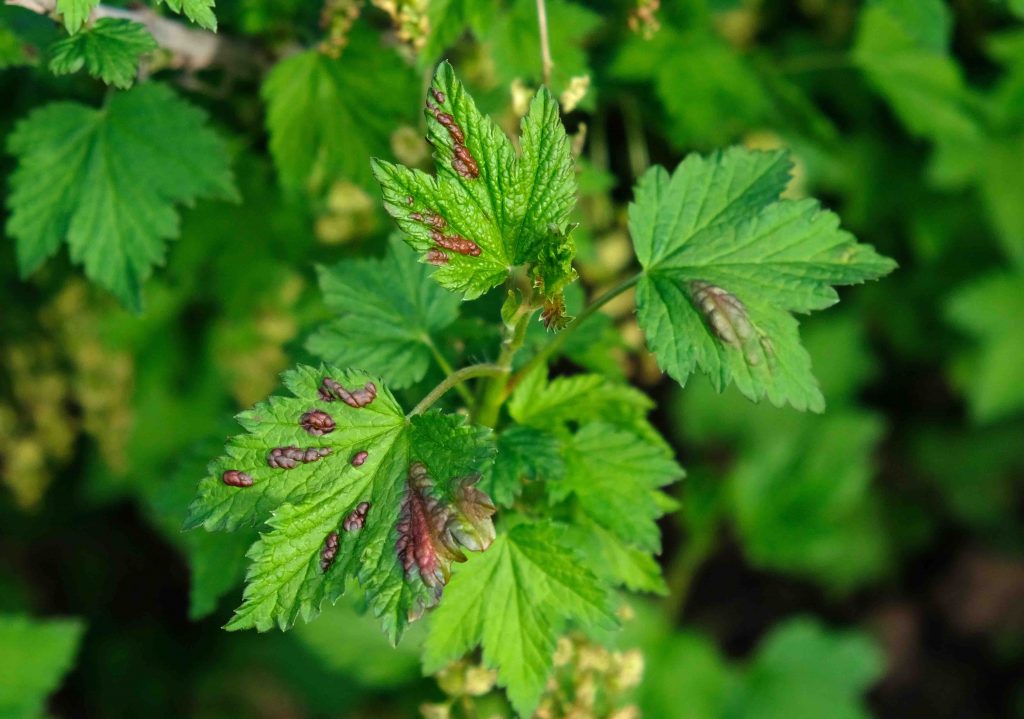
Fungal infections are a real challenge in greenhouses. Some plants are more prone to get them than others, but they could all potentially be infected. They spread through the air, and they particularly glow in warm, wet, and closed environments. Your greenhouse has all the ideal conditions for them to proliferate. These fungi can decompose almost any natural material, and once they’ve infected your plants, they can get to the soil. Ventilating your greenhouse will help in the prevention of these infections.
For temperature and humidity control
The purpose of ventilation is to provide fresh air, which has higher oxygen content than the air around us, into the greenhouse. This will help raise the relative humidity in the greenhouse. The relative humidity is a measure of how much water vapor is present in the air compared with how much could be present at that temperature if all of the water vapor was condensed onto whatever surface happens to be present (e.g., soil, leaves). Ventilation helps with temperature control.
For pest prevention
It is important to ventilate a greenhouse for pest prevention. Pests are one of the most common problems in greenhouses. They can damage the plants, making them less attractive and even causing them to die. This means that you need to provide ventilation so that they don’t want to live inside your greenhouse.
Ventilation Options
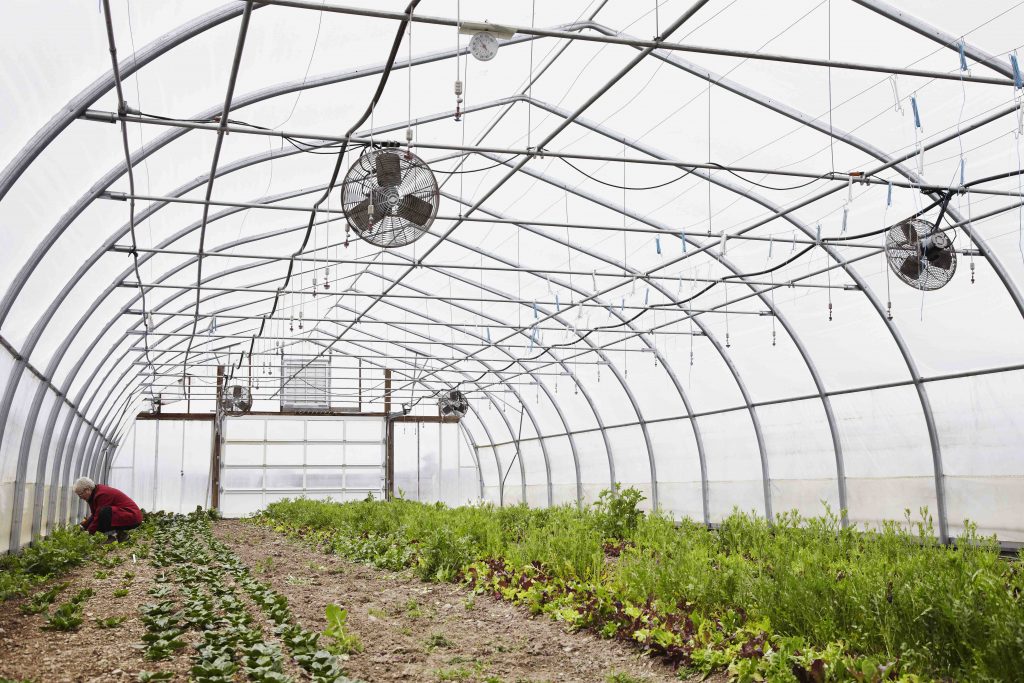
There are two types of ventilation for greenhouses: natural and mechanical. Natural ventilation relies on wind to bring in fresh air, while mechanical ventilation uses fans and other devices to bring in fresh air artificially.
Natural
Natural ventilation is the most common type of ventilation for greenhouses because it doesn’t require any additional equipment or maintenance. Using natural ventilation requires a well-placed door or window that allows some light into the greenhouse but also allows air to flow through freely. This type of ventilation isn’t as effective during cold months when the wind isn’t strong enough to keep the greenhouse cool enough inside.
Mechanical
Mechanical greenhouse ventilation is the process of moving air through a greenhouse to control temperature, humidity, and carbon levels through artificial means. It refers to the use of fans and other devices to move air through greenhouses and keep them cool during hot weather. Mechanical ventilation systems are most often used in large commercial greenhouses that are heated by propane or gasoline generators because they do not require electricity or batteries for power.
How to Choose the Size and the Spot for Your Ventilation System
A ventilation system is a very important part of your greenhouse, as it helps you regulate temperature, humidity, and airflow in your growing space. It also cleans up carbon dioxide from the air, which is especially important if you’re growing plants indoors.
Whether you choose a natural ventilation system or a mechanical ventilation system, the size and the position of the system will play an important role.
Ventilation System Sizes
Natural ventilation: If your greenhouse is built of a more soft material, simply folding up a part of the wall may be enough to provide adequate ventilation. However, if it’s made of more hard materials, you’ll have to put in a little more effort to maintain proper ventilation.
An effective natural ventilation system requires ridge or roof vents as well as sidewall vents. The combined total roof vent area and the total combined sidewall vent area should be equal, and each of these areas should be 20% of the floor area.
Mechanical ventilation: Before deciding on the size of fan you’ll need for mechanical ventilation, consider whether you’ll be using your greenhouse all year or only during certain seasons. If you’ll be using it all year, choose a fan size based on the hottest months’ temperature.
If you go this route, make sure the equipment is thermostatically regulated or that you have multiple fan speed settings. During the cooler months, you can employ less intense ventilation.
In order to choose the right fan size, you should find out what is the volume of your greenhouse, since fans are rated according to the air volume they move per cubic feet per minute.
Choosing the right spot
Choosing the right spot for your ventilation system is a key part of the overall design process. The right spot will help you get the most out of your system and provide you with years of trouble-free use. Consider the number of plants you plan to cool or heat.
Using Your Ventilation System During Other Seasons
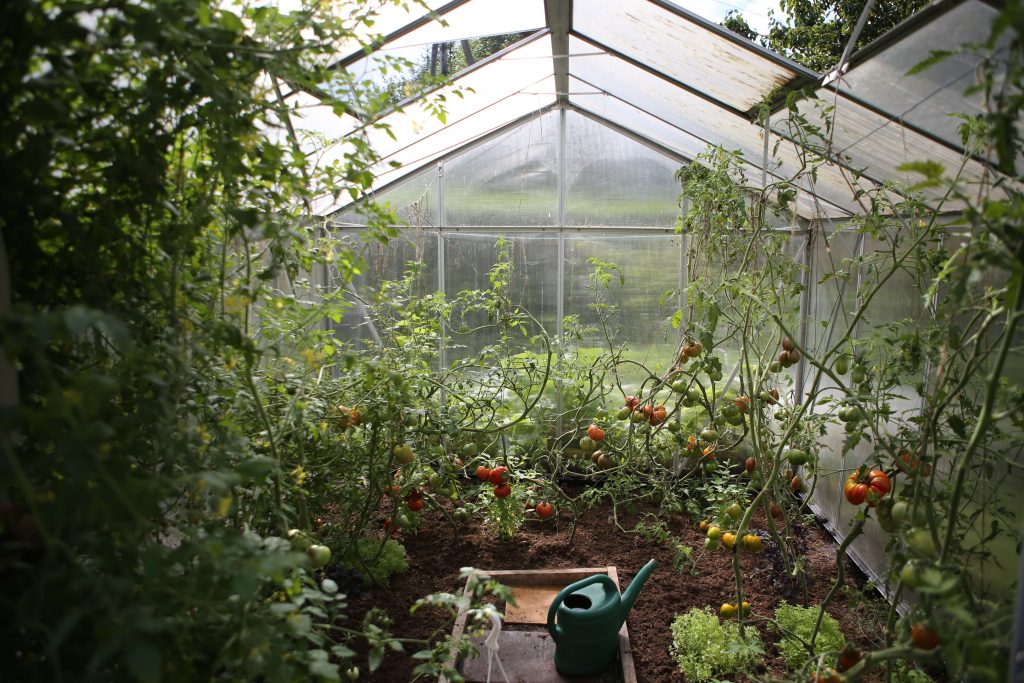
You can use your greenhouse ventilation system for other seasons. For example, you can use it to cool down your greenhouse in the summer or to heat it up in the winter. If you plan to utilize your greenhouse all year, you’ll need to adjust your ventilation system to accommodate the variations.
In the winter, you may even require an outside heat source to keep your greenhouse at a comfortable temperature. Because of the temperature differential between the outside and inside of your greenhouse, humidity becomes an issue.
Extra humidity is created by the temperature differential. Because you don’t want to drop the temperature too much by running fans too much, three air changes per hour instead of one per minute is a decent rule of thumb to follow. Throughout the fall and spring, your rate of ventilation will be halfway between how much you use it in the summer to remove excess heat and how much you use it in the winter to keep warm.
Conclusion
The use of a greenhouse has proven to be beneficial for most businesses. These structures offer protection for plants and for the people working in them, as well as a space where you can grow fruits and vegetables any time of the year. Having said that, a greenhouse does require maintenance to keep it in good working condition. One of the simplest things you have to do with your greenhouse is to come up with ways to properly ventilate it, as we have already addressed its benefits of it. How to do that will be left to your judgement considering your situation, but your options have already been laid out.


